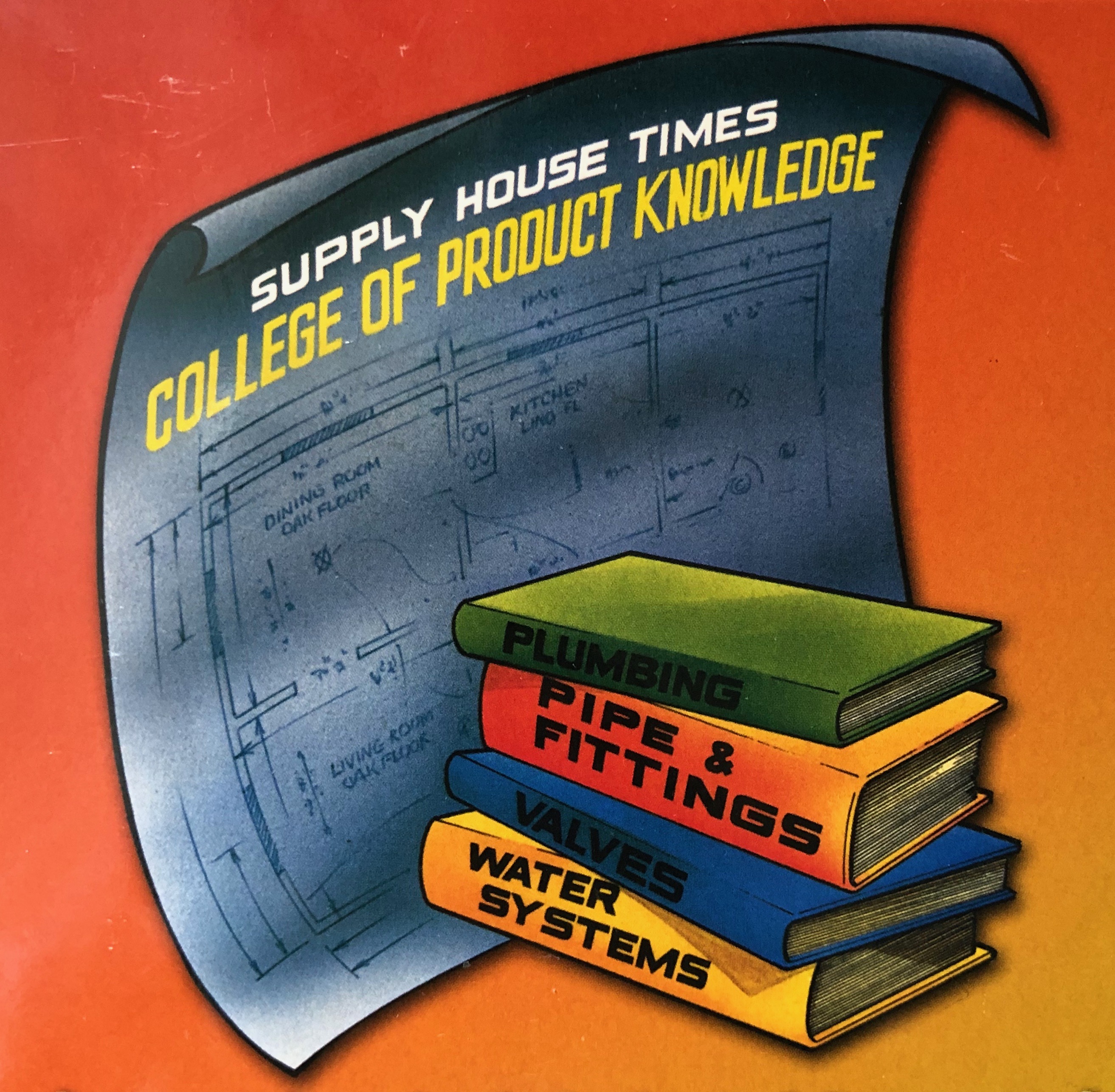ASA News
The case for standardizing product data sharing

A group of ASA distributor and manufacturer members gathered recently near O’Hare Airport in Chicago to continue discussions on the benefits of creating an ASA-led industry recognized and standardized product data share. ASA Photo.
During an ASA Strategic Planning Retreat, ASA volunteers discussed the state of the practice when obtaining digital product data from manufacturers to be utilized by distributors.
Manufacturers noted that the quantity, variety and frequency of product data requests is growing at faster rates than pre-pandemic and are challenging to fulfill. Distributors described a predominately manual process of managing as many as 14,000 products from hundreds of manufacturers, often with one or two team members doing the heavy task of processing the data coming in many different formats.
Recognizing that a great deal of investment has already been made by industry firms and buying groups in creating and maintaining centralized product data repositories, it was determined that a role for ASA, as the national trade association for the PHCP-PVF industry, is to explore the formation of standardized data templates that would facilitate an effective, less confusing and less labor intensive way to share manufacturer product data for use in PIMs, ERPs and eCommerce.
Based on that feedback, ASA began investigating the specifics of how the PHCP-PVF industry currently creates, stores, maintains and shares product data. After conducting meetings with individual distributors and manufacturers, as well as facilitating task group meetings with industry representatives, ASA is moving toward creating a more uniform process to share data. ASA has convened a volunteer team comprised of leading distributors and manufacturers and has started the work toward organizing standards for digital product data sharing and creating an initial standard to guide the future of product data sharing.
On Aug. 1, the members gathered during this working meeting and cited numerous benefits for creating an industry recognized data share, including more conformity and predictability of what is shared and received, manage and potentially reduce burdensome resource hours necessary to create, share and implement product data sets, decrease miscommunication and manufacturer support for provided data sets, minimize human error by reducing the need for manual manipulation of product data, reduce confusion and misunderstanding when interpreting product data sets for use by distributors, increase usability of digital data in distributor ERPs and PIMs, and support data quality and increase data integrity. What’s Next?Over the next several months, the ASA Product Data Standards Task Group, comprised of those leading manufacturer firms and wholesale distributors who attended the Aug. 1 meeting, will work to create what the new data share standard will look like, such as included columns, column sequence, column names, abbreviations, as well as product attributes such as color, weight, size and UPC.
Once created and accepted by the association, the team and association will work to educate the industry on the need and value by adhering to the standard and then build industry consensus to comply.
“We were thrilled by the number and quality of the members that attended the task group meeting and surprised by the interest both our manufacturers and distributors had in solving this problem”, ASA CEO Mike Adelizzi said. “We are even more thrilled by the level of interest and engagement they all had in doling the work to create an industry standard."
This significant investment of time and subject matter expertise will, once established, create a product data foundation for the PHCP-PVF industry that can ease data transfer and the cost of assimilating the data.
The task group’s goal is to meet monthly between now and NETWORK and present a draft to the ASA Board of Directors in November.
Looking for a reprint of this article?
From high-res PDFs to custom plaques, order your copy today!








